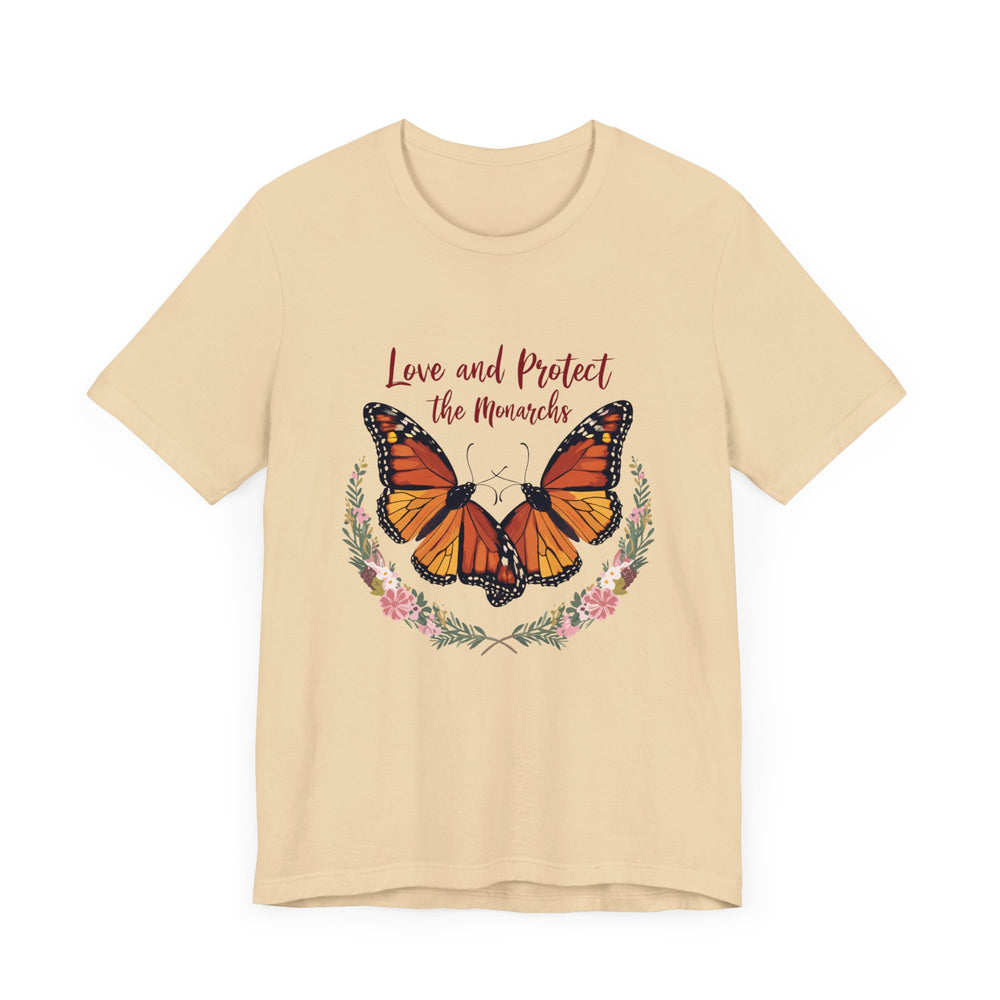The Majestic Migration of Monarch Butterflies: A Journey Through the Seasons

The Majestic Migration of Monarch Butterflies: A Journey Through the Seasons
Every year, the monarch butterfly embarks on one of the most incredible migrations in the animal kingdom, traveling thousands of miles from North America to their wintering grounds in Mexico. Understanding their migration patterns, life cycle, and the challenges they face offers insight into how we can help protect this fragile species.
Monarch Butterfly Migration by Month

February – March: The Journey Begins In late winter, monarchs emerge from their overwintering sites in central Mexico. As temperatures rise, they begin their northward journey. These butterflies mate during this time, and the females lay their eggs on milkweed plants as they move north.
April – May: The First Generation The eggs laid by the overwintering monarchs hatch, and new monarchs emerge. These butterflies don’t make the full migration; instead, they continue northward, laying eggs for the next generation as they go. This process repeats as the monarchs travel through the southern U.S. into the Midwest and Canada.
June – August: Peak Migration By the summer months, the monarch population is at its peak across the U.S. and Canada. During this time, monarchs feed on nectar and continue reproducing. The final generation of the summer, often called the "super generation," is born in late August and early September.
September – October: The Super Generation Takes Flight Unlike earlier generations, which live for just a few weeks, the super generation can live for up to eight months. These monarchs do not breed immediately but begin their epic migration south to Mexico. They travel over 3,000 miles, navigating using environmental cues such as the angle of the sun and the Earth's magnetic field.
November – January: Overwintering in Mexico By late fall, monarchs arrive in the oyamel fir forests of central Mexico, where millions cluster together in the trees to keep warm. During these months, they remain in a state of semi-hibernation, conserving their energy for the journey north in the spring.
The Monarch Life Cycle

Monarchs go through four stages of life: egg, caterpillar, chrysalis, and butterfly. Their life cycle begins when the female lays eggs on milkweed, the sole food source for monarch caterpillars. Once the eggs hatch, the caterpillars feed on milkweed for about two weeks before forming a chrysalis. After another two weeks, an adult butterfly emerges, ready to continue the journey.
The Decline of Monarch Populations
Sadly, the monarch butterfly population has experienced a sharp decline in recent years. Habitat loss due to deforestation, pesticide use, and the disappearance of milkweed, their primary food source, has led to a dramatic decrease in their numbers. Climate change also affects their migration patterns, putting additional pressure on these beautiful creatures.
How You Can Help: Support Monarch Conservation
Supporting monarch butterfly conservation efforts is crucial to ensure that future generations can witness their awe-inspiring migration. By purchasing from FlutterFlyers.com, you can play a role in this mission. Our products bring joy to others while supporting the Monarch Butterfly Fund, as proceeds from each sale go toward protecting these magnificent creatures.
Help spread happiness and contribute to a worthy cause. Together, we can make a difference!
Call to Action:
Learn more about monarch conservation efforts and make a donation today at Monarch Butterfly Fund. Spread the word and share the joy of monarchs by visiting FlutterFlyers.com and supporting our cause with your purchase!




























Leave a comment